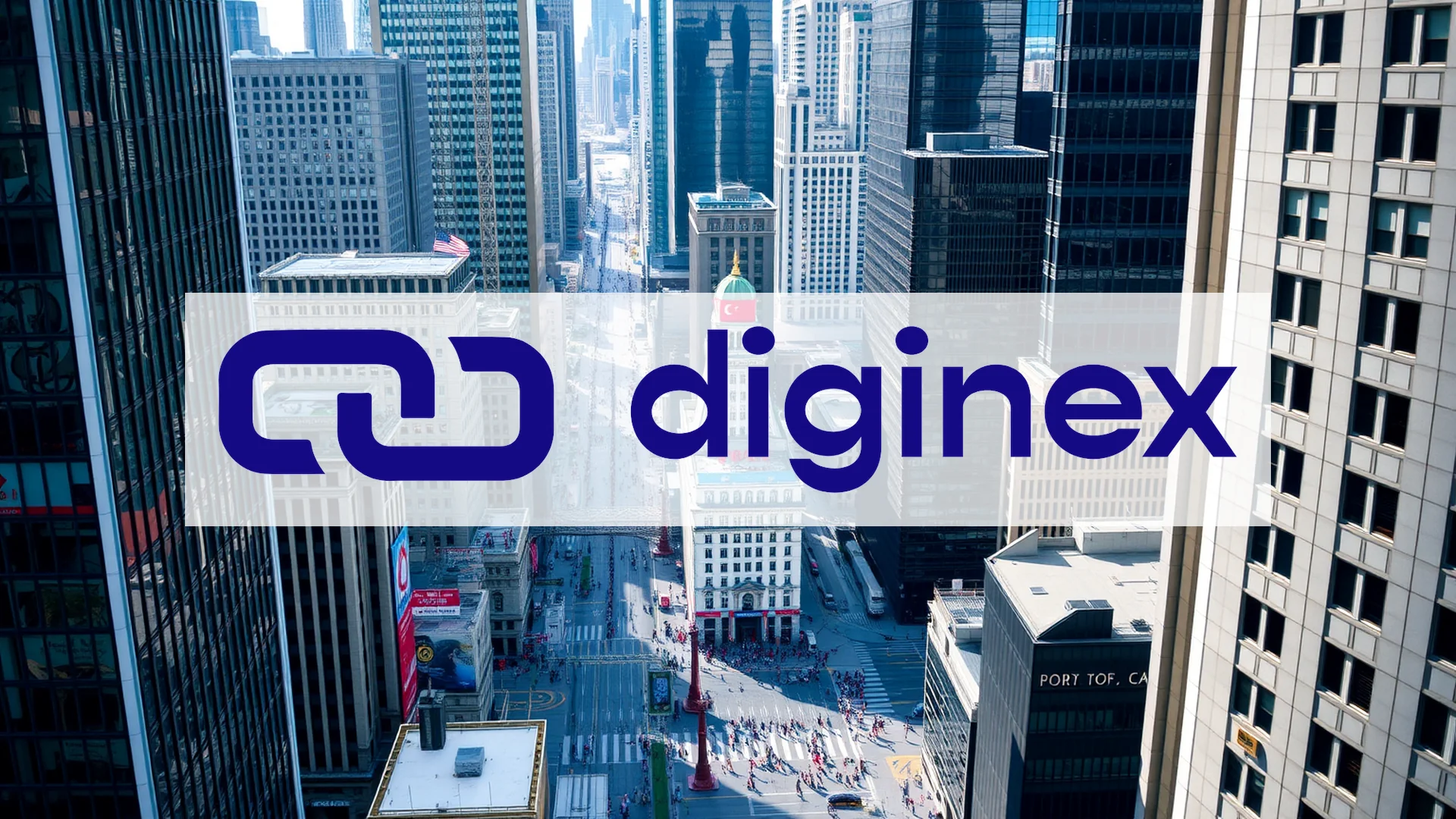Telecommunications titan AT&T is executing a significant strategic shift, channeling massive capital into expanding its fiber-optic network and acquiring critical wireless spectrum. This aggressive growth strategy, however, comes with a notable consequence: a substantial increase in corporate debt. The central question for investors is whether these ambitious initiatives will deliver sufficient returns to sustainably boost the company’s stock value.
Strong Operational Performance and Shareholder Returns
The company’s recent operational metrics provide a solid foundation. For the second quarter, AT&T reported earnings per share (EPS) of $0.54, narrowly surpassing analyst expectations of $0.53. Quarterly revenue saw a 3.4% increase, reaching $30.85 billion, supported by a robust gross margin of 59.7%.
Demonstrating confidence in its financial trajectory, management has reaffirmed its full-year guidance. Furthermore, the company has implemented a new share repurchase program set to begin in the second quarter. Shareholders continue to benefit from a quarterly dividend of $0.2775 per share, which translates to an attractive annualized yield of 3.8%.
Goldman Sachs Endorses Fiber Strategy
A significant vote of confidence arrived on September 2nd when the investment bank Goldman Sachs initiated coverage on AT&T with a “Buy” recommendation. The firm set a price target of $32, with its optimism squarely focused on the projected expansion of AT&T’s fiber broadband division. Their analysis forecasts that fiber growth will reach a rate in the mid-to-high teens by 2025 and anticipates this strong performance will persist through 2027.
The projected figures are compelling. Goldman Sachs models an average annual growth rate of 15% for fiber-related revenue between 2024 and 2027. A major transformation in the company’s revenue composition is also expected, with broadband services predicted to account for approximately 90% of segment revenues by the end of the decade—a dramatic surge from the 65% share recorded in 2019.
Should investors sell immediately? Or is it worth buying AT&T?
Major Spectrum Acquisition and Its Financial Impact
In a decisive strategic move to bolster its network capabilities, AT&T secured a package of wireless spectrum licenses from EchoStar for a sum of approximately $23 billion. This acquisition includes 30 MHz of mid-band and 20 MHz of low-band spectrum across more than 400 U.S. markets, significantly enhancing its capacity and strengthening its leadership in the converged connectivity market.
This substantial investment has not gone unnoticed by credit agencies. S&P Global Ratings revised its outlook on AT&T from “positive” to “stable.” The rating agency projects that the company’s adjusted debt will climb to 3.6-3.7 times EBITDA by 2026, representing an increase of roughly 0.5 points, directly attributable to the cost of this spectrum deal.
Mixed Institutional Sentiment Amid Positive Forecasts
The reaction from major institutional investors has been varied. During the first quarter, Adage Capital Partners reduced its stake by 11.6%, divesting 942,600 shares. Despite this sell-off, the fund maintains a significant position, holding over seven million shares valued at approximately $204 million.
Looking ahead, the fundamental analyst outlook remains positive. For the 2025 fiscal year, earnings per share are projected to fall between $2.03 and $2.06. Forecasts for 2026 are even stronger, with EPS expected to range from $2.28 to $2.35. While AT&T is skillfully navigating a competitive telecommunications landscape, it now faces the critical task of demonstrating that its aggressive growth investments will ultimately justify its elevated debt load.
Ad
AT&T Stock: Buy or Sell?! New AT&T Analysis from December 4 delivers the answer:
The latest AT&T figures speak for themselves: Urgent action needed for AT&T investors. Is it worth buying or should you sell? Find out what to do now in the current free analysis from December 4.
AT&T: Buy or sell? Read more here...









